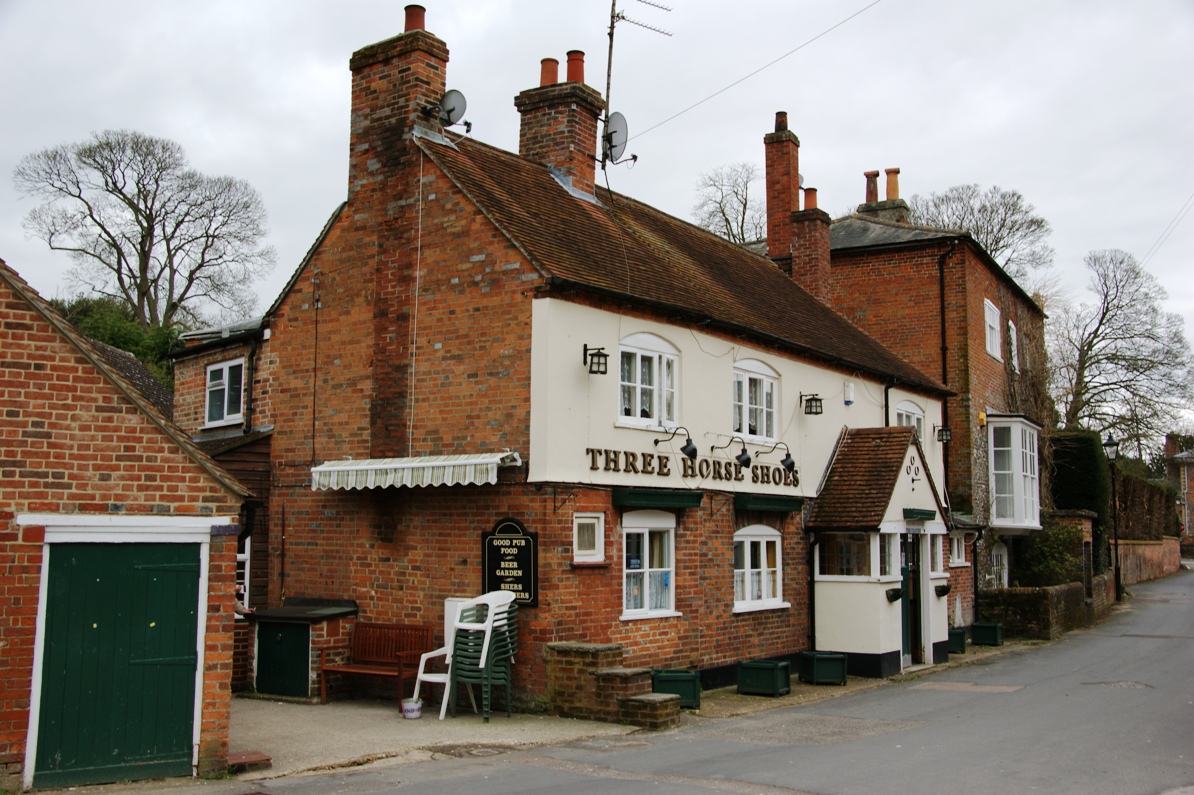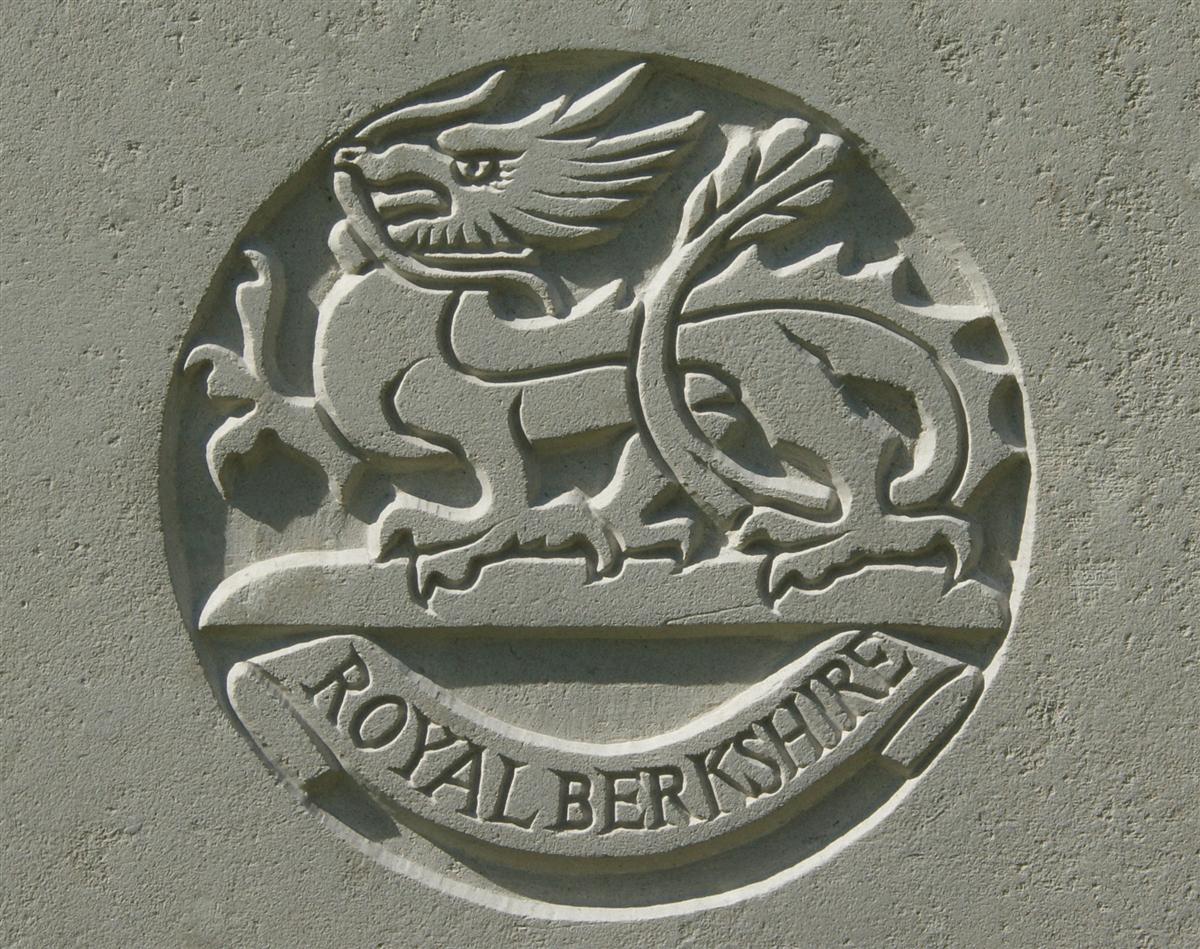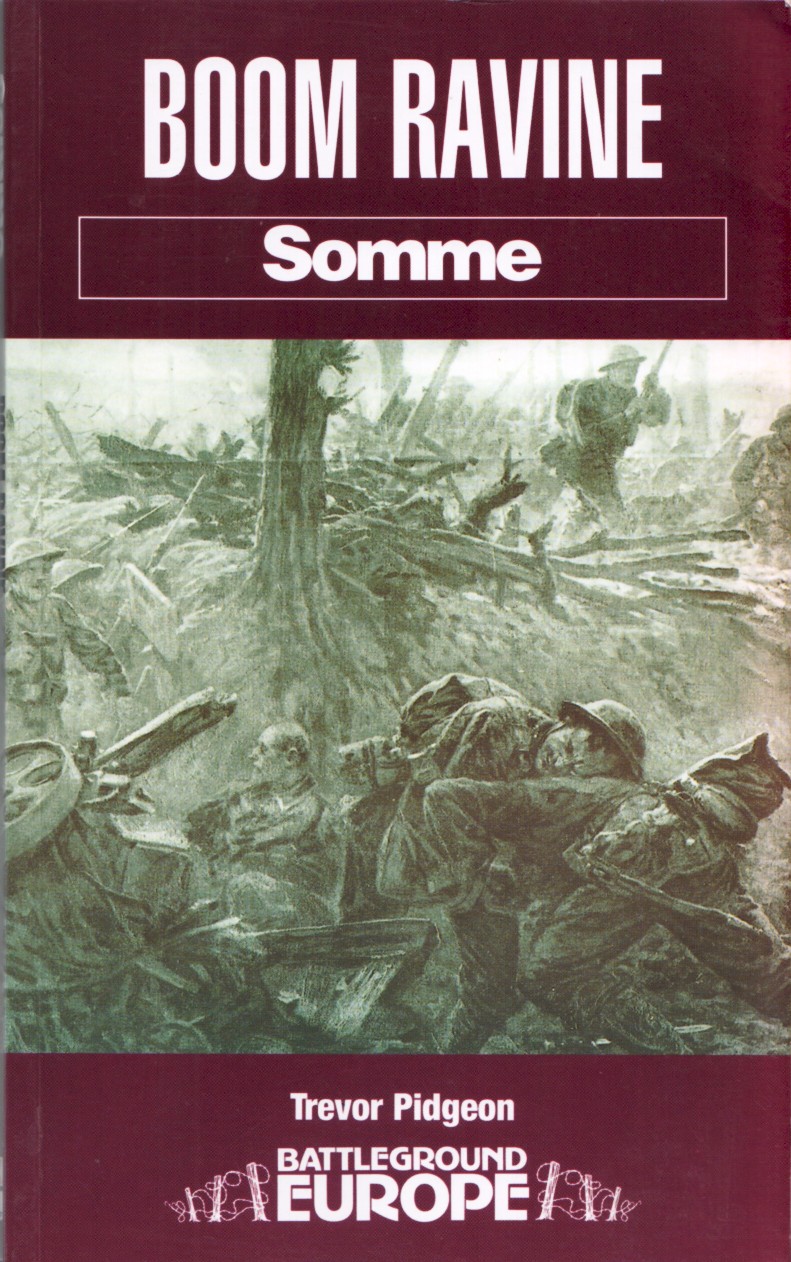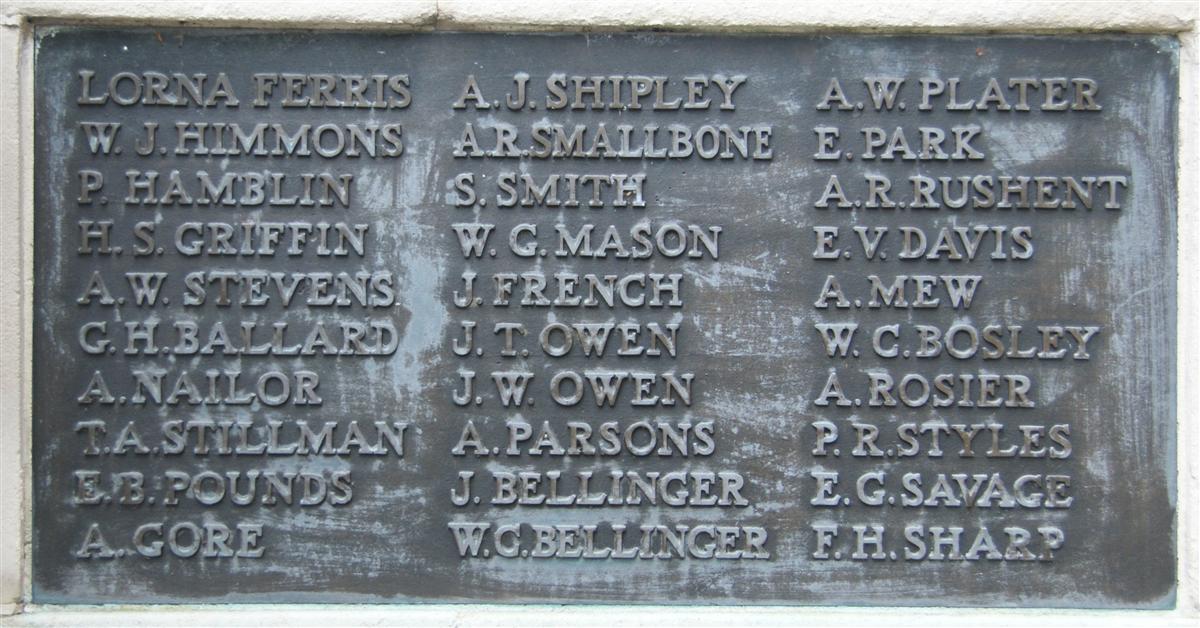Albert Nailor
Lance Corporal 15400 Albert Nailor, 6th Battalion, Royal Berkshire Regiment
Albert was born in Chieveley in 1877 one of thirteen children born to local blacksmith Edmund Nailor and his wife Martha née Fryzer. At least two of the children died in infancy – without recourse to expensive birth certificate purchases it is not possible to be sure as to their identities but the most likely Nailor infants in the birth and death register indexes are an unnamed male child that was born and died in late 1867 and Kate Nailor who lived for between three and six months in 1871/72. The eleven identifiable children were Albert and Frederick (born 1856), Cecil (1859), Ellen (1860), Ann (1863), Mary (1866), William (1868), Fanny (1872), Thomas (1875), Henry (1880) and Lily (1886). The eldest child, Frederick died in 1882, aged 26; another of the siblings had also died before their mother completed her census return in 1911 on which she recorded that four of her children had died.

The Three Horsehoes - the forge was in the building on the left of the picture. The pub closed in 2017. |
Shortly after the sad event of Edmund’s death there was a more joyful family occasion when Albert married Rosa Alice Collier in Enborne, her home village. The birth of their first child, Violet Kate, was registered in the same quarter as their marriage. A year later Alice Mildred was born, and died, another of the all too common infant deaths of that era. In 1909 another daughter, Ivy Rose, was born, followed by Albert Edward in 1912.
Albert worked as a labourer – in 1911 he was working for a local painter – so, when war was declared in August 1914 he didn’t really have much of a career to worry about. Nevertheless many in his situation may have held back from involvement in the war – at 37 he was old for military service and his young family needed his support. His Army pay (6s 8d per week) would be enhanced by a separation allowance paid directly to Rosa (7s 7d plus 1s 6d per child – 10s 11d per week in Rosa’s case). Even taking into account the free food and clothing supplied to Albert, in comparison to a typical labourer’s pay of around 23s a week this was far from generous! As early as August 1914 questions were being raised in the House of Commons, decrying the niggardly pay rates and pensions for men risking their lives in their country’s service. Rates were raised from 1 March 1915 so Rosa would have received 23s a week; far better, but this was several months after Albert enlisted in November 1914. The wave of patriotic enthusiasm seems to have swept him up, as it did so many young men – almost 800,000 of them enlisted in 1914.

The regimental badge of the Royal Berkshire Regiment, as used on CWGC headstones. |
He survived the battalion’s involvement in major battles during the Somme campaign in 1916 – but the extent of his involvement is not known. He may have fought through the hell of Delville Wood, or he may have been slightly wounded at Montauban and been in a hospital bed while his comrades were dying in that ill-fated wood. Even with his service record (lost in a fire in 1940) it could be difficult to tell where he was during major events, without it impossible.
What is clear is that he was with the battalion in February 1917 when it was involved in what is known in the official history of the war as The Actions of Miraumont, but is probably best known as the Battle of Boom Ravine and sometimes as the ‘Grocery Battle’ owing to the names given to the trenches involved (Coffee, Rum and Tea). This was one of a series of offensive actions in the early months of 1917 as the Allies kept up the pressure on the Germans; it can be viewed as a late element of the Battle of the Somme. The three Divisions of II Corps, the 2nd, 18th and 63rd were detailed to attack German positions to the south and west of the village of Miraumont with the aim of capturing high ground overlooking the village. The idea was that this would force the Germans to withdraw from the village, which in turn would render their positions at Serre untenable. Unknown to the Allied High Command the Germans had decided a few days earlier to withdraw to new defensive positions (the Hindenburg Line) some miles to the east; at best this action did no more than accelerate this withdrawal.
The 6th Royal Berks were in 53rd Brigade in the 18th Division as were the 8th Suffolks. The two battalions were tasked with an attack up either side of what remained of a back road leading from Miraumont towards Pozières. The attack was north-north-east towards the western end of the sunken road that gave its name to the battle – Boom Ravine.

Trevor Pidgeon's excellent guide to the action around Boom Ravine in February 1917. |
The attack was launched at 5.45 am and three companies went over with A Coy in support. First of all three trenches which were named Rum, Coffee and Tea, had to be captured and this task was soon accomplished, the enemy putting up but little opposition. But a different story has to be told when it comes to taking the final position, viz the Ravine. Here the Germans were very strongly entrenched. They had machine guns galore and dug-outs that could be counted by the dozen. The fighting was of a very fierce character with plenty of bombing. We ultimately occupied all the dugouts, our bombers doing splendid work. In fact bombing formed the chief part of the fighting. We lost some men through them going beyond the position without clearing the enemy. The fighting was all over by 8.45 am. We consolidated the position and got in readiness to meet a counter attack. This however the enemy did not attempt, although they shelled us very heavily. We had the misfortune to lose all our Company Officers, wounded. Acting Company Sergeant [Hines] received the Military Medal for carrying on after the Company Officers had been wounded, taking over the charge of one of the companies in directing operations in a manner calling for the highest praise. Private G E Court won a similar decoration for carrying messages under heavy fire.
For more about this action read John Chapman’s excellent account here.
The battalion's war diary entry for the day gives the casualty figures: 6 Officers wounded (1 died of wounds); 19 other ranks killed; 169 wounded and missing. Sadly Albert was among those killed that day. Other Newbury casualties at Boom Ravine were 2nd Lieutenant Arthur Birch (killed) and 2nd Lieut Andrew Fox (wounded).
Rosa placed a notice in the Newbury paper to mark Albert’s passing:
Newbury Weekly News, 15 March 1917 - Killed in Action
In loving memory of my dear husband, Albert Nailor, Royal Berks, who was killed in action on February 17th, 1917.
Your loving smile, your cheerful face,
No one can ever fill your place;
Time cannot alter love so deep and true.
For us you did your best.
From his loving wife and children
Albert’s remains are buried in grave VIII.C.21 at Regina Trench Cemetery, Grandcourt . He was originally buried in a wartime burial ground about 400m away; after the war he was moved as the Imperial War Graves Commission cleared bodies uncovered on the battlefield and rationalised the burials in the area.

Albert's name on Newbury War Memorial (left) |
Albert’s mother, Martha, died a few years later in 1922; his wife, Rosa, never remarried and died in Reading in 1956, aged 79.

